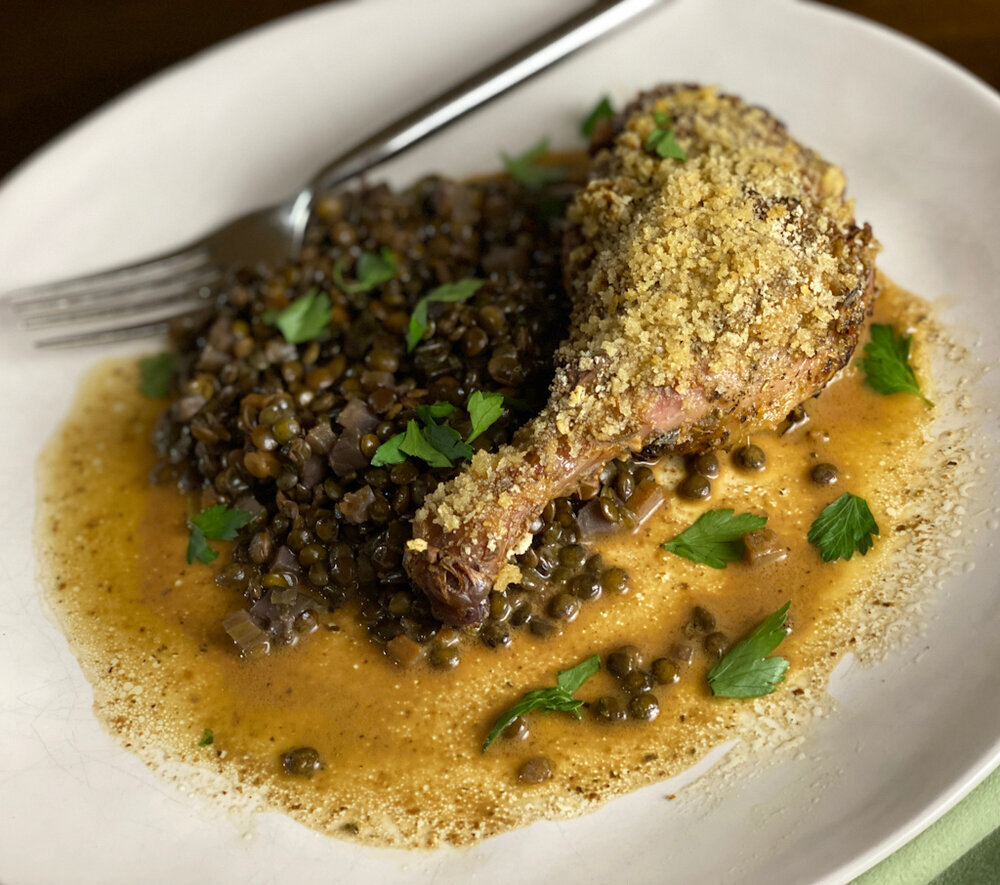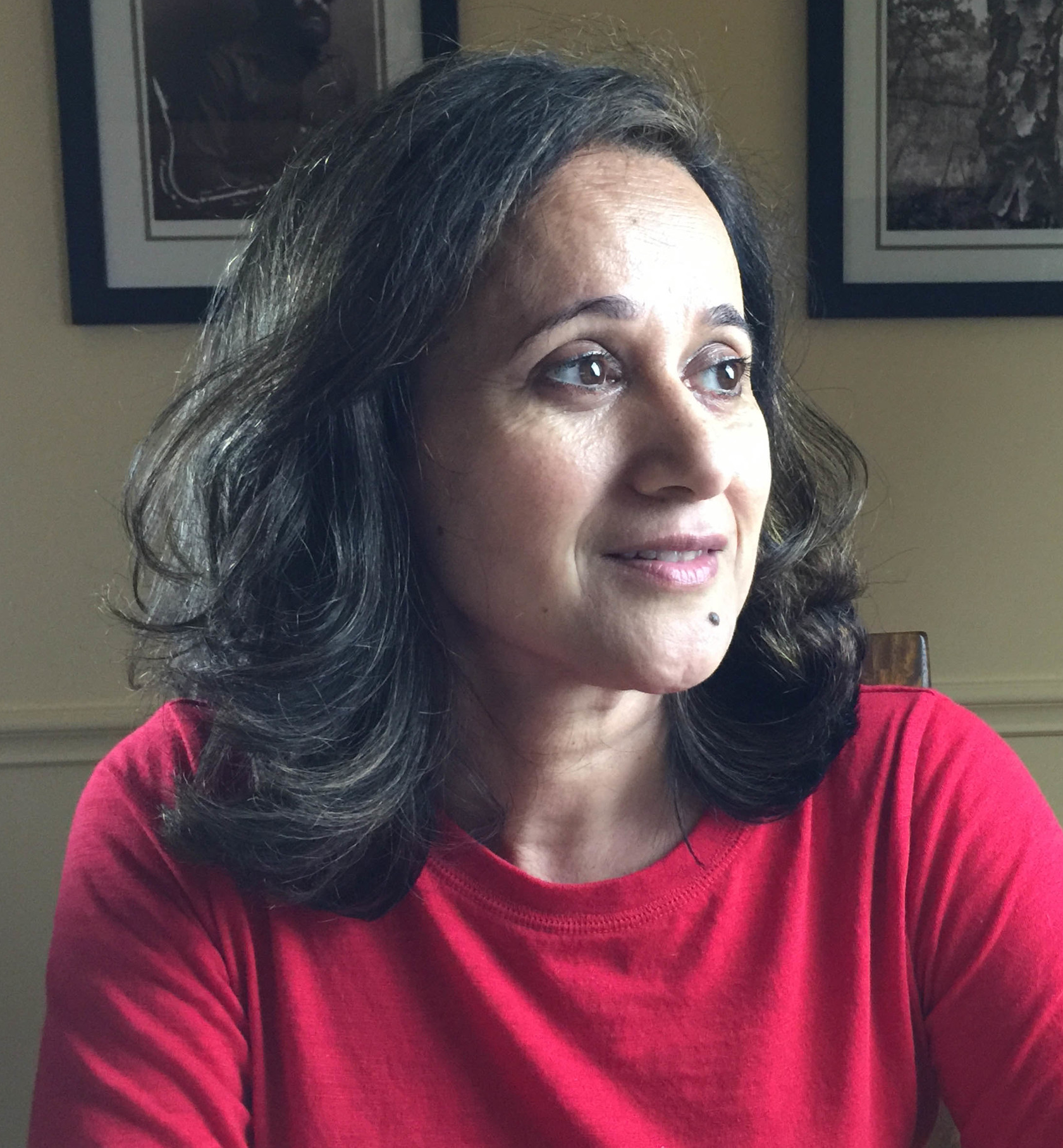We couldn’t be happier to say goodbye to 2020. Why not ring in the new year with something delicious?
Don’t worry — even you’re not thinking about it till this afternoon, there’s still time to pull together a great dinner. Small gathering? If you’re two or three or four, a delicious braised dish like beef bourguignon will fill your living space with wonderful, warm aromas, and even probably leave you with fabulous leftovers.
Though it’s luxurious, the ingredients are not terribly expensive (chuck roast, mushrooms, pearl onions, bacon). If you’re a meat-lover, it’s one of the most glorious dishes you can make.
Prefer something super-easy? Deviled Duck Legs Provençal is another French dish that will delight.
Of course it depends whether you can get duck legs; they did have them at my local Whole Foods yesterday). Once you have them in your hot little kitchen, the rest is easy. All that’s required to prep them is a dusting of herbs, a smear of Dijon mustard and a coat of panko bread crumbs — shove them in the oven, and 90 minutes to an hour 45 minutes later, you’ve got these beauties.
Deviled Duck Legs Provençal with braised lentils
RECIPE: Deviled Duck Legs Provençal
In our photo, the duck leg is served with saucy braised French green lentils. To make the lentils, chop half an onion (or a shallot or two), a carrot and two stalks of celery, cook them in olive oil or duck fat until tender (about 7 minutes), add a pound of French green lentils and enough water or red wine to cover by an inch or so, plus maybe a bay leaf and/or a branch of thyme and simmer until the lentils are tender, about 20 or 25 minutes. Add more liquid if necessary to keep them very saucy.
Like the Beef Bourguignon, the duck and the lentils are also excellent the next day.
Seared halibut on ginger vinaigrette: a 10-minute dazzler!
Finally, here’s a light, quick and easy ginger vinaigrette that turns any piece of fish — or shrimp, or a grilled or sautéed chicken breast — into a 10-minute dazzler.
Here’s the vinaigrette recipe, sized for two portions (you can double or triple it for more servings):
And here’s the recipe including instructions for halibut:
RECIPE: Seared Halibut in Ginger Vinaigrette
Wishing you and yours a wonderful New Year’s Eve, and a happy, healthy and prosperous 2021! May we all enjoy better times ahead!
















